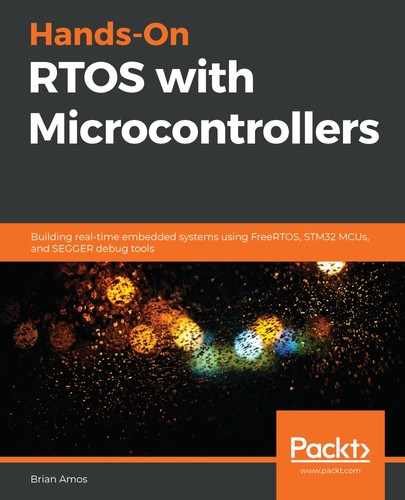Hardware bring-up is the act of first powering on a custom-designed piece of hardware and performing some level of verification on it. Custom hardware will often have many differences compared to a development/evaluation board (it is custom, after all!). One area that may differ is clock hardware. STM32 clock trees are fairly complex—a single clock source feeds many different subsystems. The clock frequencies get modified along the way by multipliers and dividers. CubeMX contains a graphical wizard to help properly configure the STM32 clock tree and generate initialization code to get the chip up and running quickly.
Early firmware effort will also be required to verify the hardware is operational. It is always a good idea to double-check whether the MCU can be configured to access all required off-chip circuitry that is present on the board. Often, it is in everyone's best interest to quickly evaluate the viability of the hardware, rather than wait until all aspects of firmware are fully fleshed out.
When it is time to make use of the complex peripherals included on STM32 MCUs, CubeMX can be used to quickly set up pin mapping from the internal peripheral to the external pins of the MCU. It also contains simple, menu-driven interfaces for selecting how the peripheral should be configured. Initialization code is automatically generated, which uses STM's Hardware Abstraction Layer (HAL) drivers. The relevant peripheral interrupts are also configured and stubbed out for the user. This enables an embedded engineer to get through verification as quickly as possible.
After all of the hardware is proven, it will be time to add in the additional layers of firmware (middleware) that will live between the low-level drivers and the application firmware.
